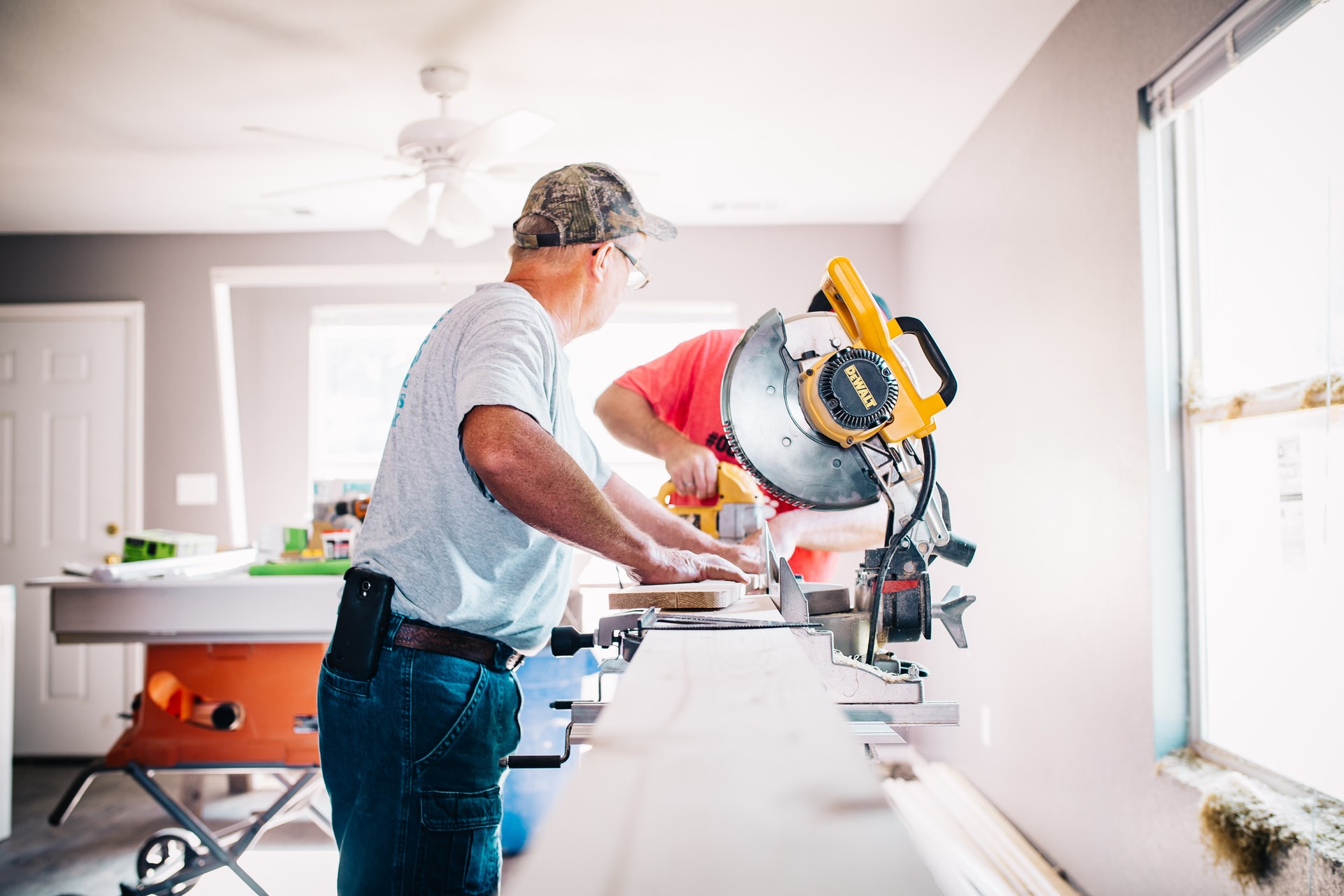As online commerce has become an omnipresent part of our daily lives, we continue to hear about the demise of the brick-and-mortar storefront. One sector, on the other hand, has experienced unprecedented growth over the last couple of years: home improvement stores and contractors. Even before Covid, home improvement spending was expanding at nearly twice the rate of the other retail sectors. As the pandemic swept throughout the country, many consumers decided to spend their money where they would be spending most of their time. Consequently, the home improvement sector has continued to thrive as other retail sectors struggle to adapt to the online marketplace.
Rising Rates of Home Ownership
One of the most important factors driving the home improvement sector before the pandemic was the rising home ownership rate. During 2010, the first full year after the Great Recession, the home ownership rate slipped to 65.4%. Five years later, it fell even further to 63%. This was a 4.2% drop from 2007, according to data from the American Community Survey. Nevertheless, things have reversed course with the rate reaching 65.8% in 2020, the highest it’s been since 2010 when it was at 66.5%.
Furthermore, the value of those homes rose. Indeed, homeowner equity has almost doubled within the last five years. As a result, homeowners have been able to divert more money towards home renovations. This has come in handy because the age of the nation’s housing has increased as well. In fact, nearly 80% of the country’s 137 million homes are at least two decades old, and 40% are a minimum of 50 years old.
Millennials Are Entering the Housing Market
Many millennials are purchasing their first homes, which are often older houses that need significant repairs. For this reason, millennials are undertaking more home improvement projects every year than any other age group. This segment of the population will continue to drive the home improvement industry as more of them buy homes and their incomes keep rising.
Although baby boomers still spend the most annually on a per-household basis, millennials buying fixer-uppers should start to eclipse the spending of their parents’ generation. While the average millennial buyer may not yet have enough income to do whole house remodels, their growing incomes should support more extensive renovation projects in the near future.
Home Improvement Sector Avoids the Worst of the Pandemic
When the coronavirus spread around the country in March of 2020, nearly every part of the retail industry was stopped in its tracks. Nonessential retail businesses had to shut down their storefronts and shift to e-commerce operations. On the other hand, essential retailers such as supermarkets had to reckon with inventory and supply chain issues as people resorted to panic buying.
Home improvement businesses, however, were considered essential and permitted to remain open. In addition, they didn’t have to deal with the same kinds of inventory problems as the aforementioned retailers. In fact, their business activity remained steady and even started to rise as consumers realized how much more time they would be spending at home.
Indeed, 77.2% of people engaged in at least one home restoration project in 2020 that included everything from light gardening to complete remodels, according to GlobalData. This was an increase from 2019 when 68.2% of consumers took such a step.
Working From Home Gives Consumers More Time and More Cash to Spend at Home
The shift to working from home also eliminated lots of commuting time. As a result, consumers had more time to participate in recreational activities and possibly some DIY home improvement projects. Moreover, many consumers wound up with not just extra time but also extra cash from not being able to eat out or take costly vacations. Many people also took advantage of government relief efforts by spending some of those checks on items for the home.
Home exteriors also benefited from the added attention as homeowners turned to the safety of the outdoors for gathering in smaller groups. Subsequently, the growth in remodeling exterior spaces such as gardens and patios was unprecedented.
Will Demand Drop Off as the Pandemic Subsides?
As Covid restrictions have loosened, people assume that everyone will return to spending their discretionary income on travel and eating out instead of their homes. Nevertheless, the number of backorders for home products shows that things haven’t exactly slowed down in the home improvement industry just yet.
Industry experts believe that the home will remain a bigger part of people’s lives than it was before the pandemic. Indeed, the Covid lockdowns spurred a greater interest in entertaining at home. While the surprise industry growth spurt from the pandemic won’t necessarily continue, people have realized the value of investing more in their homes. Consequently, the home remodeling industry should expect to see robust growth post-pandemic and enjoy solid returns for the next two to five years.



